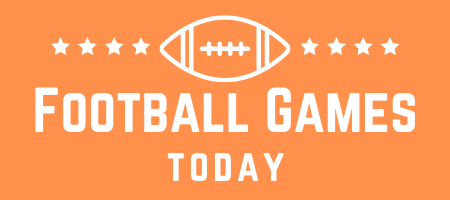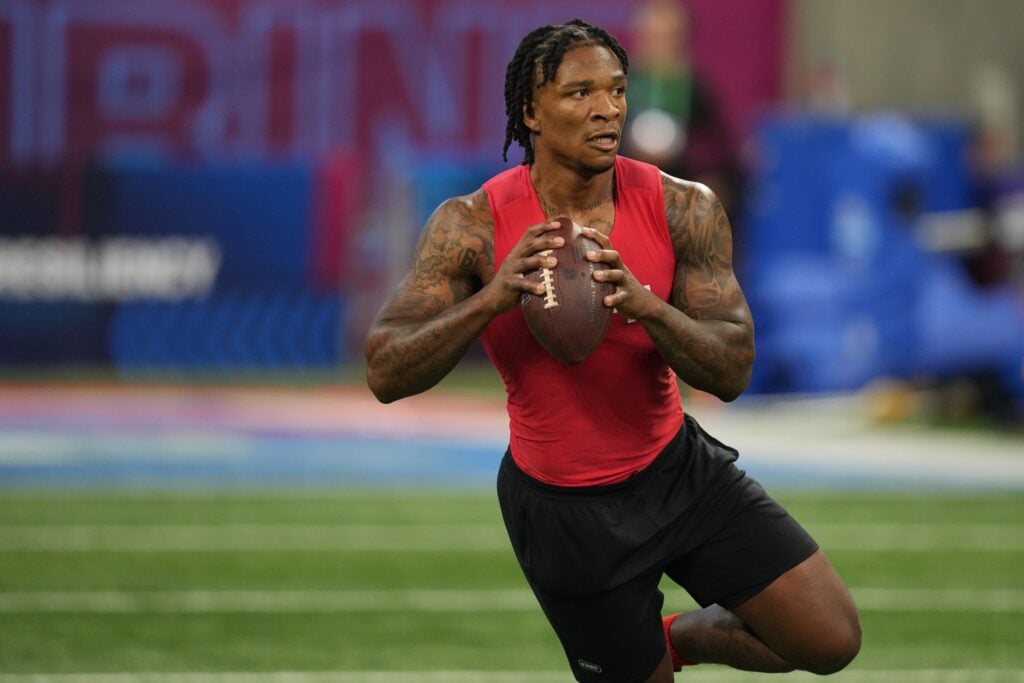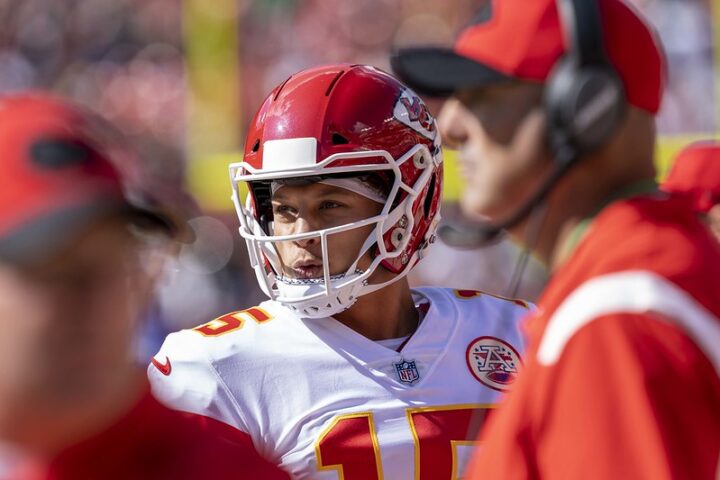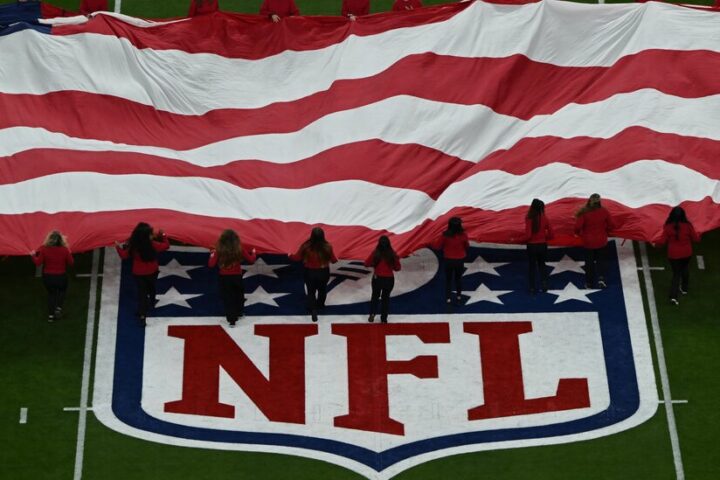The S2 Cognitive Test is not a new thing, but from a forward-facing public viewpoint, it is a very new thing. But two things are quickly becoming a certainty; this test will almost instantly render the Wonderlick a thing of the past (thankfully), and teams will use this to try and find diamonds in the rough.
We’ll dive into the nitty-gritty of the way S2 Cognition works to give teams an analytical lens into how a QB’s mind can process things within the time of a human’s blink, but let’s first drop some propaganda.
While the test is relatively new to the NFL, even retired players like Drew Brees have taken it. He tested at an elite level. Patrick Mahomes, Josh Allen, and Justin Fields were all elite scorers as well. But S2 has an even greater ace up its sleeve. The 2022 NFL Draft’s highest scorer was none other than Mr. Irrelevant, 49ers QB Brock Purdy.
Being a relatively new entity in the football world, it will be years before there is a dataset large enough to truly incinerate any seeds of doubt in the hearts and minds of teams, analysts, and fans, but S2 is off to a roaring start.
What Is the S2 Cognitive Test?
It may be easier to begin by explaining what it isn’t. The S2 Cognitive Test is not an IQ test or, in fact, any sort of intelligence test. In other words, this is not anything like the much-maligned Wonderlick. It’s far more clever when it comes to being an indicator of future success in a quarterback.
Just how much better is it at predicting success? We’ll get to that. Be patient.
The S2 evaluation tests nine different cognitive skills for QBs.
- Perception Speed
- Search Efficiency
- Tracking Capacity
- Visual Learning
- Instinctive Learning
- Decision Complexity
- Distraction Control
- Impulse Control
- Improvisation
The site does a good job of giving visitors vital information about the tests and their results through its blog. But a Twitter thread from their account a few days ago gives the most succinct overview of what they do.
“The S2 Eval uses decades of scientifically validated measures to evaluate cognitive capacity as it relates to high-speed decision-making. These measures have been in the literature and used by labs around the world for years ( i.e., strong psychometrics). The data from the S2 Eval was vetted by professional analytics groups and academics. We also consulted with coaches, front office personnel, and scouts to create the S2 Eval.
“It is the first of its kind to apply these lab-based measures to elite athletes. The Eval has been used and valued by pro and college organizations for nearly a decade. The S2 Eval has nothing to do with how smart someone is or how well they can read a playbook.
“All athletes have cognitive strengths and weaknesses, just like physical traits. If athletes and their coaches learn how to play based on their strengths they will see a lot more success out of that athlete. And as we know, cognition is only one piece of the puzzle. There are multiple components that make up an athlete.”
MORE: 100% FREE NFL Mock Draft Simulator
S2 is not a be-all, end-all measurement for athletes. As they stated, cognition is only one piece of the athletic puzzle. But for quarterbacks specifically, the evaluation could be as telling as anything else over the long run.
First, it’s important to note that quarterbacks test higher (68) than the average (50) for all positions. S2 tested 117 quarterbacks at the time of their blog post, and of the 27 starters they tested, they dropped them into two different buckets.
The top-tier starters were those with a career QB rating of over 90. Meanwhile, the rest ended up in the lower-tier bucket. There were 14 top-tier quarterbacks and 13 lower-tier among the 27 starters. The rest were backup players or those never signed by teams.
Using a regression model, S2 found that the quarterback’s score accounted for 28.7% of their career passer rating, meaning that about a quarter of passer rating can be predicted by or explained by an S2 score. For reference, college completion percentage explains 13.5% of passer rating, while the Wonderlick sits at a cool 0.01%.
S2 notes there were four scores of the nine that the top-tier quarterbacks performed at least 25 percentile points higher than the lower tier. Those four were Tracking Capacity (45 points), Instinctive Learning (31 points), Decision Complexity (29 points), and Distraction Control (26 points).
NFL Network Draft Analyst Daniel Jeremiah accidentally leaked that Bryce Young scored highest on the S2 Cognitive Test. He gave a crude explanation of the test during the clip.
“It’s like six shapes pop up, and one is different,” Jeremiah said. How quick can you identify the one that’s different? It’s how quick you can process information.”
Sources told Click2Houston’s Aaron Wilson that Anthony Richardson performed well on the test. Tests like this can be a real mind-bender, even when performed at a high level. They’re meant to be difficult, and Richardson himself claimed as much.
“They want to see how fast you can recall things and notice certain things,” Richardson said. “On one of the [questions], you had to look at six balls that they highlighted, and they move all over the screen. You had to pick out the balls and highlight them. I’m like, ‘How can I focus on six balls at once?’”
And while Reddit-style team message boards laughed at his quote and called Richardson a bust, he actually tested well.
Why the S2 Cognitive Test Matters
We’ve dealt with the Wonderlick score narratives for years, no matter how useless the score is for predicting QB success. Why is this one different?
Much of what was stated above is evidence enough of why it matters. While the current regression model gives S2 a moderately positive correlation to passer rating success, time and sample size will strengthen or weaken their arguments.
But as a one-time high school QB, the test seems incredibly relevant to gauging the potential of a quarterback’s ability to process information and deliver passes on time to the correct place.
Post-snap processing is a series of if-then questions needing to be answered in milliseconds. Brees had one of the highest Instinctive Learning scores out of thousands of tested athletes from nine different sports. The thought is that part of the test shows how well a quarterback can see tendencies in defenses along with their ability to adapt.
MORE: Anthony Richardson Aces S2 Test
The one that stands out to me most is Tracking Capacity. Running through a full-field progression is a most fascinating phenomenon that professional passers make look mundane.
But if you’ve ever been a mediocre high school quarterback like I once was, all you’re really doing is seeing flashes of color and understanding where that flash will be by the time the ball arrives. But one must be able to see all the colors and possess the spacial awareness to understand where and when the colors will meet the football.
But none of this should inherently disqualify a quarterback. Young is supposed to have the highest score, and we’ve heard that Will Levis scored well too, but we haven’t heard how C.J. Stroud fared. If he’d aced it, that probably would have already ended up a tactical leak by now.
But we’ve seen the product on the field. We know the confidence and processing abilities of Stroud from watching him carve up Big Ten defenses at Ohio State. So while the S2 Cognitive Test can and honestly should be used as a sort of tie-breaker, it shouldn’t sway decision-making so much that teams are dropping players down their board.
At least, not yet.




